research
Facts
Gabriele Battaglia
Today, fifty-one percent of the Chinese population lives in cities as compared to the nineteen percent of 1979 when Deng Xiaoping's reforms started. Many analysts described this urbanization process as ‘unprecedented’, a word commonly used for every kind of Chinese outcome which has been taking place for the last 30 years: the emancipation of 600 million people out of poverty, the double-digit growth which lasted fifteen years, the accumulation of wealth ready to be reinvested everywhere in the world.
Now the model isn’t sustainable anymore for social and ecological reasons and it’s time for a new brand of urbanization: dushihua (都市化) will be replaced by chengzhenhua (城镇化), which is the brainchild of the new Chinese leadership and means the move of some 250 million rural residents into new towns without stirring an expansion of existing urban cores at the same time. The official discourse describes this goal as ‘breaking the urban-rural duality structure’ and, whatever it is meant to be, we will see very soon its first concrete outcomes.
So, architecturally speaking, what could be this urbanisation based on zhen (镇), which means ‘town’? It’s difficult to answer, especially because of China’s huge diversity of over 20,000 towns. If the average population of the largest 1,000 of these is over 70,000, the most developed of them can exceed 500,000 people. This means that today’s China’s does not need ‘a’ model, but a flexible range of ideas for integrating architecture with the physical and human landscape.
Chengzhenhua is a top-down policy in a country where each province is running its own show and the previous model of overbuilding at all costs has filled the coffers of local governments and the pockets of too many officials and real estate developers.
Not to kick off an ugly turf war between Beijing and the outlying regions it is necessary to show what sustainable urbanisation can mean. And here lies the meaning of this book: new sustainable architectural projects as ideas for China’s sustainable future.
Research
As a consequence of the research process, it was perceived that only a full set of integrated solutions could generate a new evolution of the city. Understanding that a city is not made of a vast collection of infrastructure components, but more importantly by the people and activities that realise a city, we traced a line that spans from the hardscape (hardware of the city) to the soft-scape (software of the city). This outlook reveals a search for new ideas, inspirations and eventually the plausible notion of a city as both material and immaterial.
Hutopolis is an attempt to fill the gap between the old and the new, between what old Beijing and new Beijing represent. Rather than asking ourselves which new and strangest design, architectural icon, overwhelming development or vast urban plan we should invent, we asked ourselves which could be a new way to look at the city and its future, proposing a new evolution for the city based on a developmental model that reconciles with its past, looking at a future in harmony with nature and people. A pamphlet of ideas for the urban ground, an ensemble of thoughts and proposals conceived in a collaborative effort that ideally traces immaterial processes and material proposals, filling the gaps left by a surreal real estate, financial and economic fever.
In the making of the city only an orchestra of voices and thoughts played out by a large variety of citizens, policy-makers, professionals and researchers could lead towards a balanced and sustainable living and working city.










